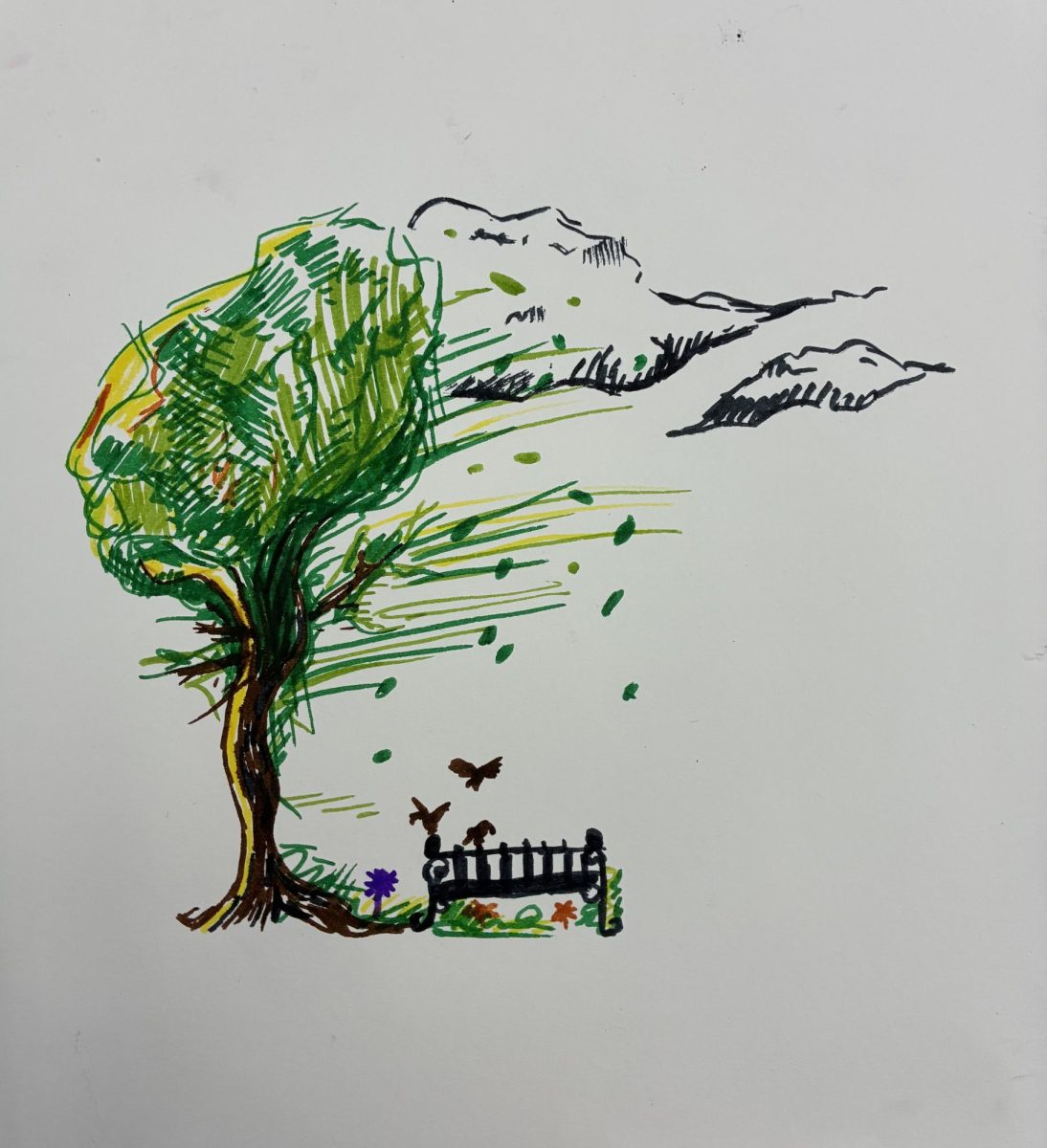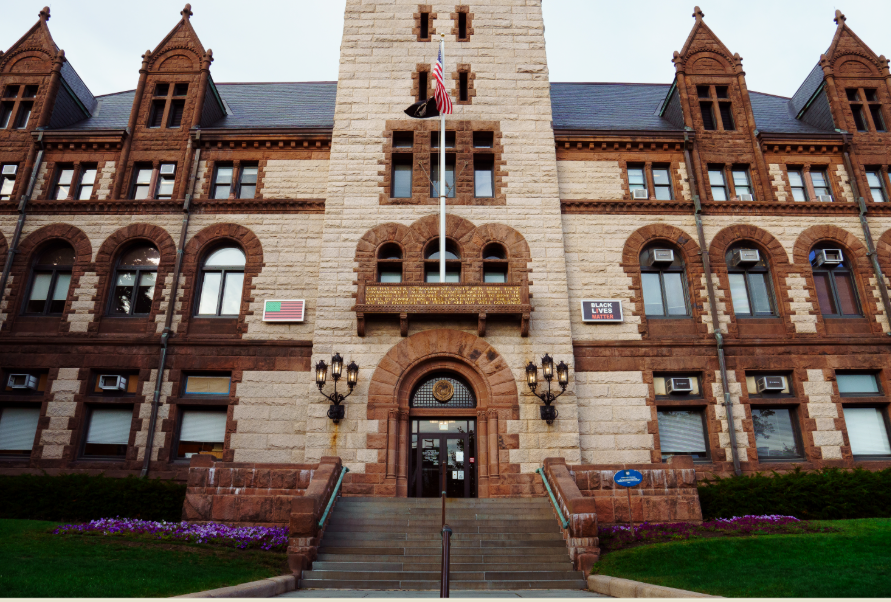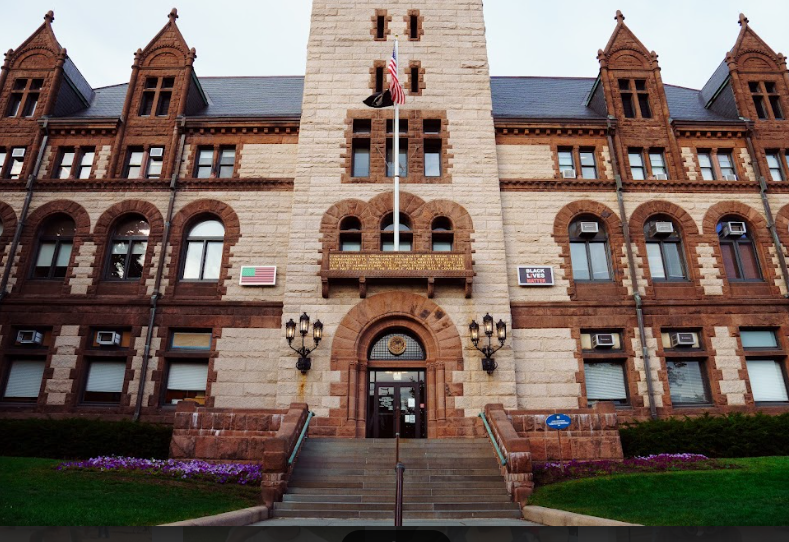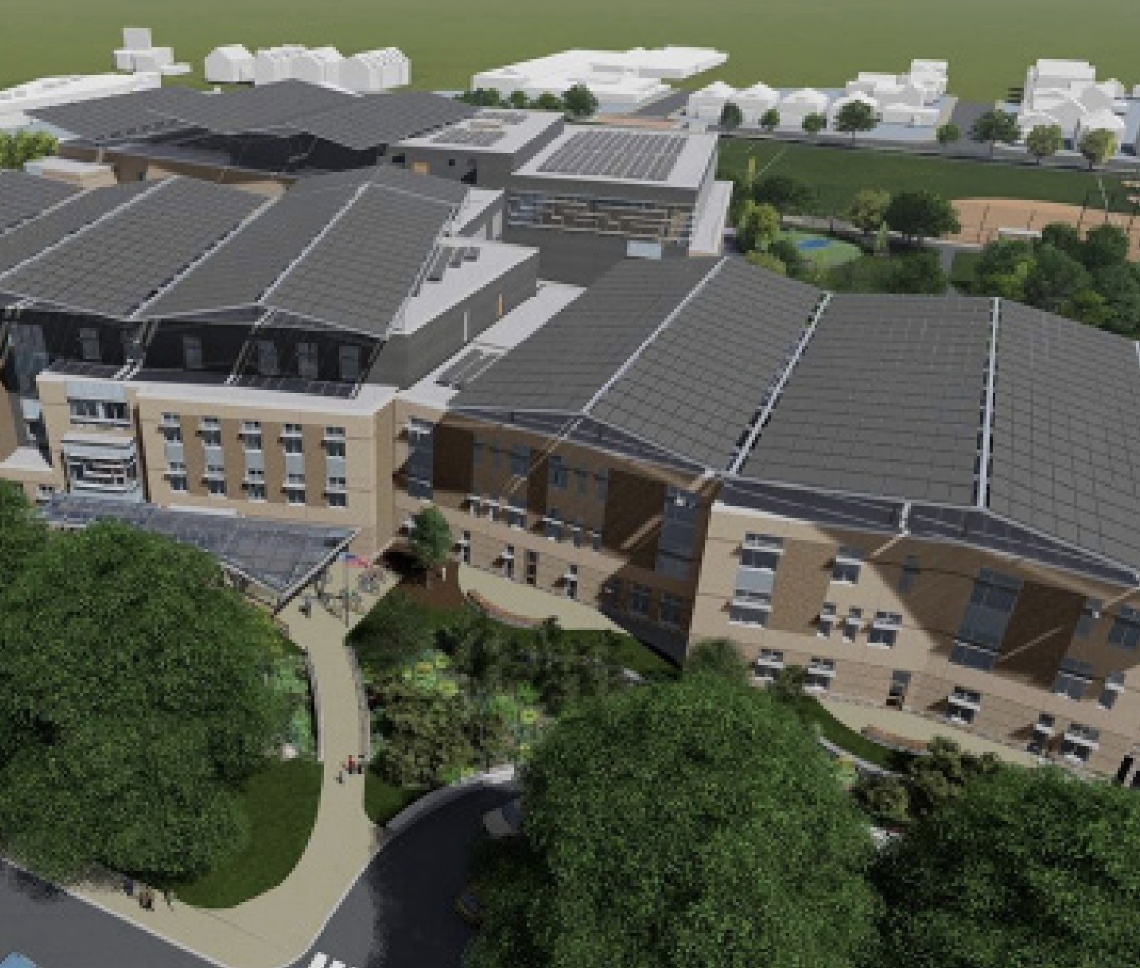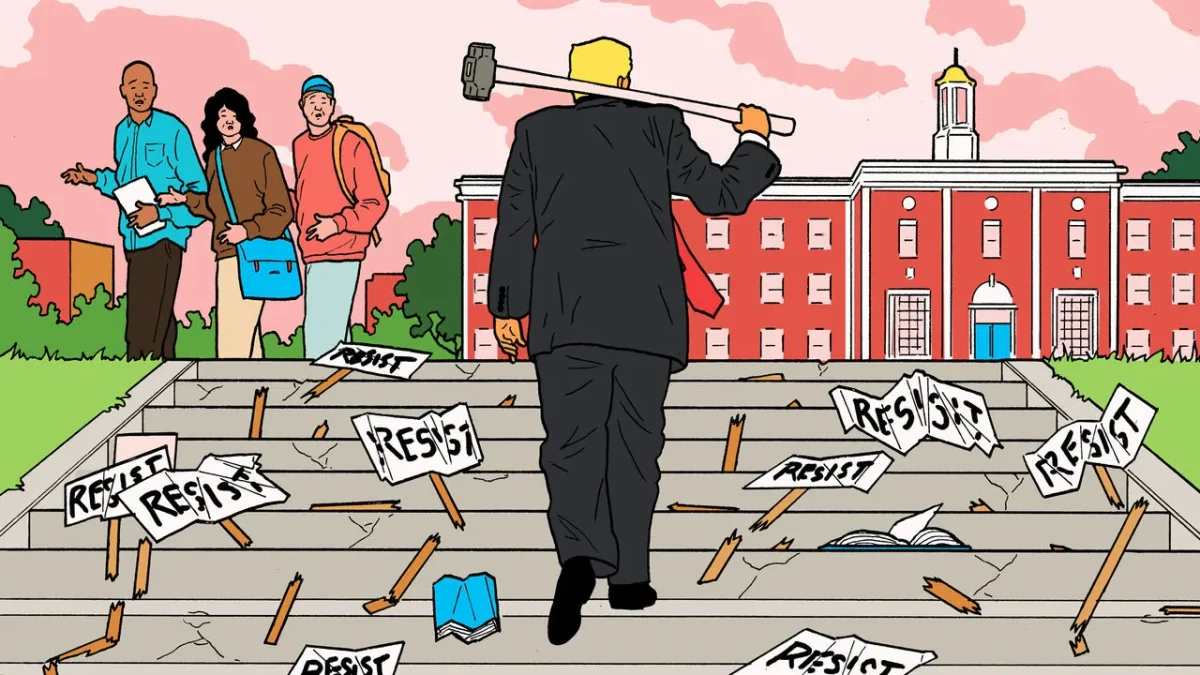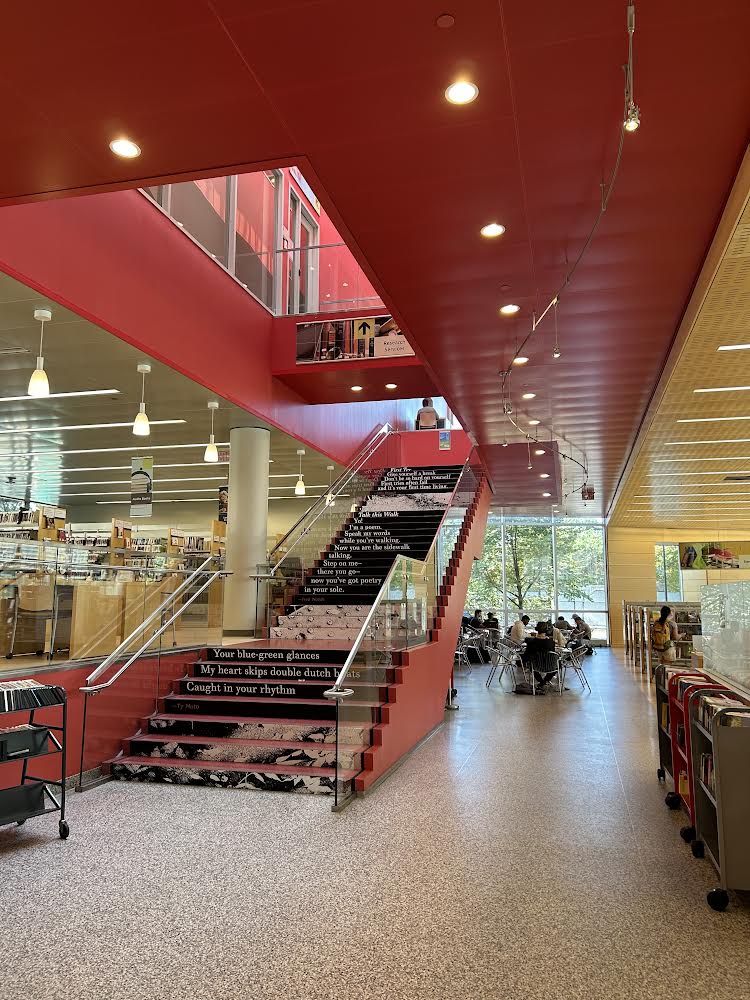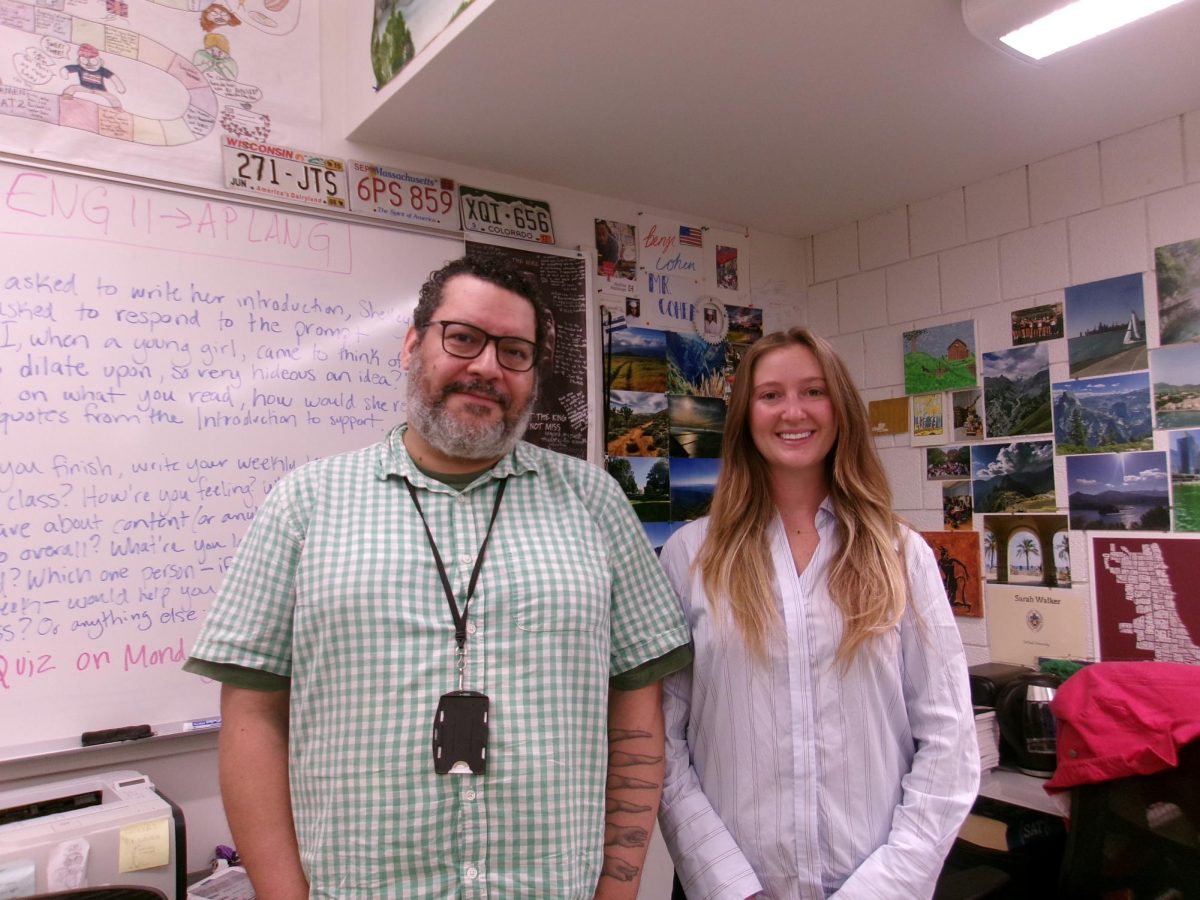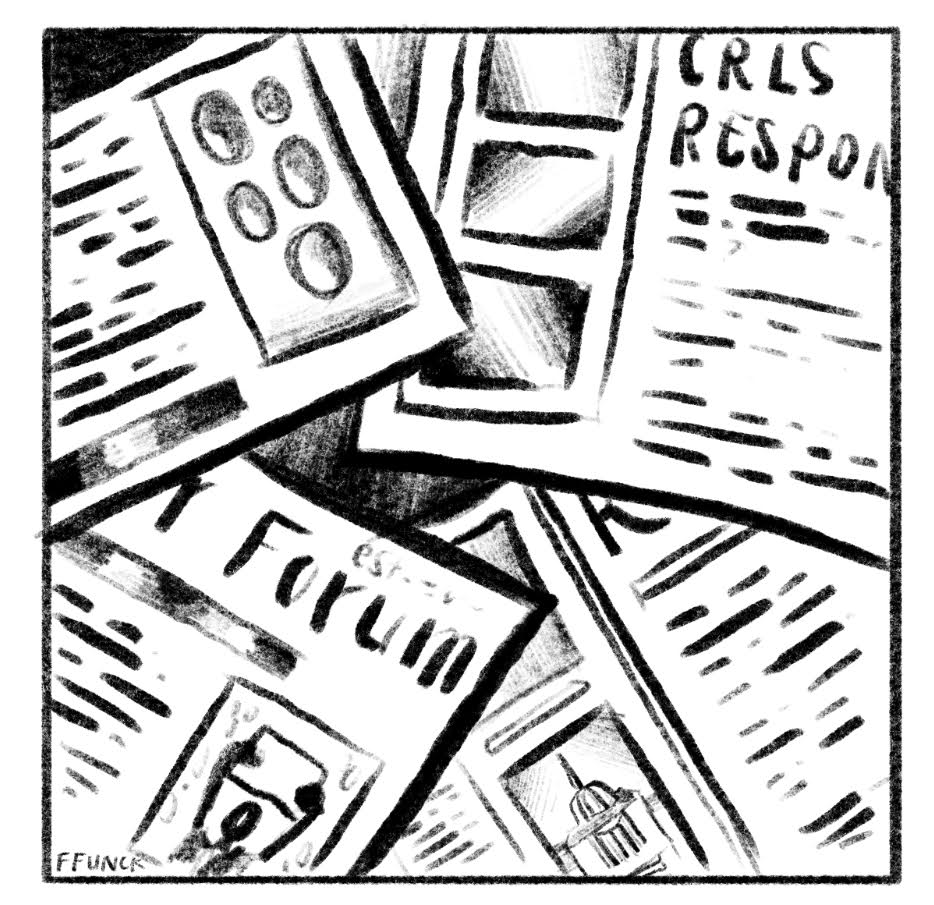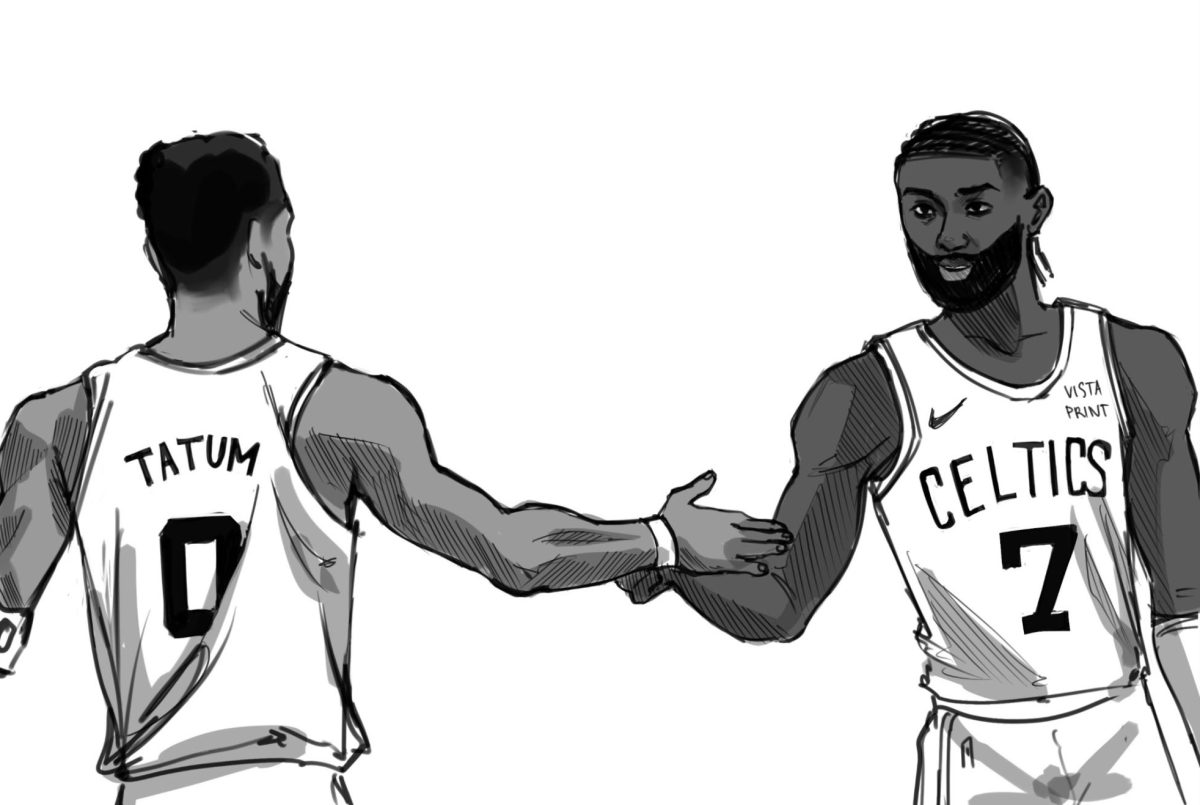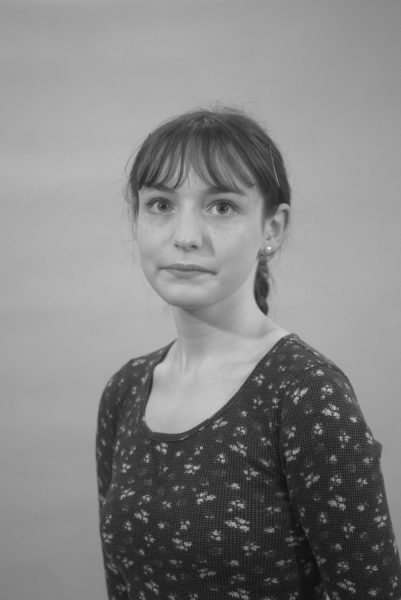As of 2025, the City of Cambridge has officially recognized the existence of “pocket parks.” Their new appearance on maps can be accredited to the Cambridge Plant & Garden Club, a local non-profit volunteer group that has pushed for this change since 2023. At the moment, there are over 20 recognized pocket parks in Cambridge; however, many locals are still unfamiliar with the term. So, what are pocket parks, and why does their recognition matter?
Size and purpose differentiate pocket parks from regular parks. According to the Cambridge Plant & Garden Club, pocket parks are “under-an-acre open spaces with trees, plantings, and a place to sit,” intended for “respite and repose, rather than recreation.” In contrast, regular parks are large, multi-purpose spaces that typically include bike lanes and recreational facilities. Quieter than regular parks, pocket parks are also much more abundant due to their convenient size. A few examples of these parks include Elm & Hampshire Plaza, across the street from Cambridgeport School; Lowell School Park, next to the Cambridge Art Association; and Quincy Square Park, located on the intersection of Quincy Street, Harvard Street, and Mass. Ave.
Still, pocket parks were not recognized by Cambridge until this year, when the Cambridge Plant & Garden Club’s project “Discover Cambridge Pocket Parks 2024” was put into action with the help of local politicians. This project focused on the identification of local green spaces that fit the characteristics of a pocket park, leading to the final result: a booklet containing a complete guide to pocket parks, as well as where to find them in Cambridge.
“We wanted the recognition of these small spaces by the city,” project chair Marty Mauzy explained to the Register Forum; “without proper acknowledgement, they were at risk of being replaced with parking lots and bike lots.”
The Cambridge Plant & Garden Club prioritizes the preservation of pocket parks as a means of providing calm, accessible spaces to Cambridge residents. “Along with healthy bodies, people need healthy minds … and having peaceful, quiet places helps with that.” Open to recreational activities, larger parks are often unable to provide the same kind of setting. Additionally, their size makes it difficult for them to fit into many smaller and more urban neighborhoods. “[Traditional parks] aren’t always accessible … Pocket parks, on the other hand, can fit into a lot more neighborhoods, so they are much more accessible.”
Going forward, Mauzy and her colleagues hope that local pocket parks will be protected by their newfound recognition, and that they will continue to provide a quiet, peaceful space for Cambridge residents. “It was a great project,” Mauzy said to the RF. “I feel really proud that the city now has these little parks on their maps.”
This article also appears in our September 2025 print edition.

